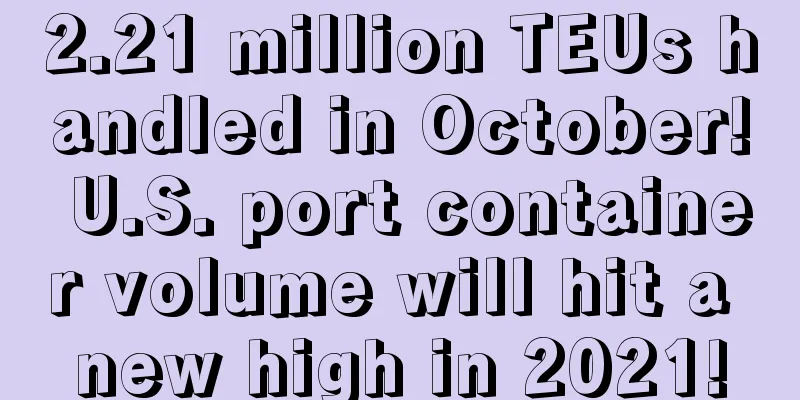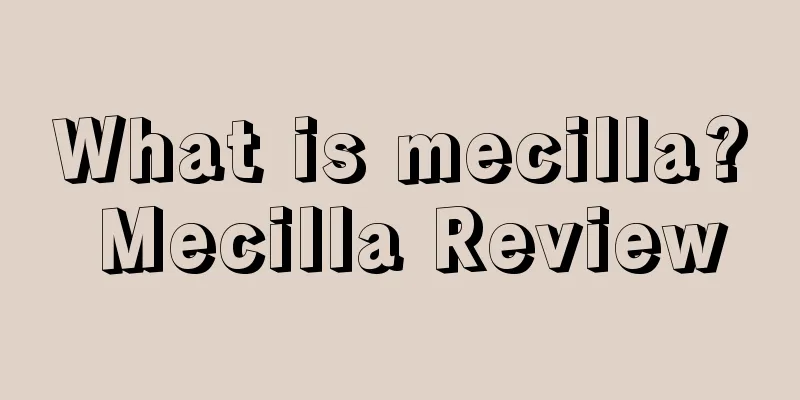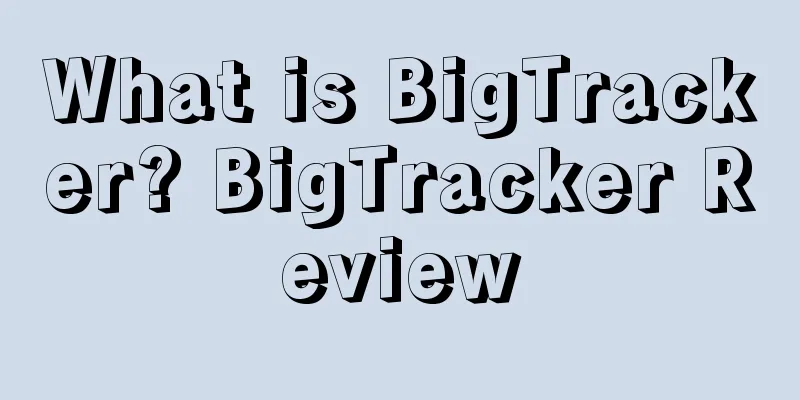What is the European Unitary Patent? European Unitary Patent Review

|
The European Unitary Patent, also known as the "European Patent with unitary effect", is a European invention patent granted by the European Patent Office in accordance with the rules and procedures of the European Patent Convention. Upon application by the right holder, it has unitary effect in the 38 member states participating in the unitary patent framework. The term of a European patent is 20 years (applicable to all member states). The official languages are English, French and German. If the application is in a language other than these three languages, a translation into any official language must be submitted within 2 months of filing the application. If the applicant is from a non-contracting state to the European Patent Convention, an agent must be appointed. The agent must be a European patent agent registered on the European Patent Office list or a legal practitioner with corresponding competence. After the agent is selected, all notifications from the European Patent Office will be sent to the agent. Type Glossary Establish
Application Process Submit a European patent application → Formal examination → European search report → Publication of application → Substantive examination → Approval procedure → Effectiveness and annual fees → Opposition → Appeal. Formalities Examination The formal examination consists of checking whether all necessary information and documents have been submitted, which determines the filing date of the application. If the claims are not filled in, they must be completed within 2 months. The time required for the official examination is generally completed within 1 to 3 months. The European patent application is considered complete when all the requirements stipulated in the implementing regulations are met, which is the filing date of the European patent. European Search Report The European search report is based on the claims, but also takes into account the description and drawings of the patent application. After filling out and submitting the application, the European search report will generally be issued within 6 to 9 months and sent to the applicant, together with an opinion on whether the invention and application meet the requirements of the European Patent Convention. After the application is published, the public can see the contents of the opinion. According to the new rules (from April 1, 2010), within 6 months after the publication of the search report, corrections must be made to the defects in the search opinion. If the applicant does not provide feedback, the application will be deemed to be withdrawn. Publication of Application The European patent application will be published in the language of application within 18 months from the date of filing. Once the European patent application is published, the public can obtain data and information about the approval process from the date of publication through the European Patent Registry, and the European patent application will be granted provisional protection in the countries specified in the application. Within 6 months after the publication of the search report, the applicant must choose whether to conduct a substantive examination and pay the corresponding official fees. The designation fee generated by the designated country must also be paid within the same period. Substantive Examination After the examination is proposed, the European Patent Office will examine whether the application and invention meet the requirements of the European Patent Convention based on the search report and the applicant's feedback. There is no clear regulation on the time limit for substantive examination. When receiving the official examination opinion, the applicant has 2 to 4 months to submit feedback. If the applicant does not respond within this period, the application will be deemed to be withdrawn. After the applicant's feedback, the examiner may further: contact the applicant (or its representative) by phone, invite the applicant (or its representative) for an interview, or ask questions orally. If the examination department of the European Patent Office believes that the application meets the requirements of the European Patent Convention, the department will decide to grant a European patent; if it is considered that it does not meet the requirements, it will refuse to grant the patent. Approval Process After the examination, the European Patent Office will issue a notice of preparation for granting a European patent. It usually takes about 2-3 years from application to approval. The applicant has 4 months to pay the approval and printing fees and submit the claims in the other 2 official languages to the European Patent Office, after which the European Patent Office will announce the grant decision. Within 3 months after the European patent is approved, the European patent will take effect in the selected countries. Effective date and annual fees Once the decision of approval is published, the patent will take effect in the designated member states (within 3 months). The 3-month period is for the purpose of completing the application and translation work at the domestic patent offices of the member states. In addition, official fees in the member states must be paid within 3 months (the fees vary from country to country). European patents are only effective in designated countries, and the validity period of European patents will continue as long as annual fees are paid continuously. Starting from the second year after obtaining the European patent, annual fees must be paid to the European Patent Office each year, and annual fees must also be paid to the intellectual property offices of designated countries (the annual fee amounts vary from country to country). If annual fees are not paid on time, they can be extended for up to 6 months, but an additional fee of 50% must be paid. objection Within 9 months after the European patent is published, anyone can file an objection to the European Patent Office. The grounds for filing an objection can only be: the patent cannot be granted, the patent does not clearly and completely disclose the invention, making it impossible for technicians in the field to grasp it, and the coverage of the patent exceeds the content of the application. The objection applies to all designated countries where the European patent is effective. Within 2 months after the objection decision is issued, you can continue to appeal to the committee. appeal If any party disagrees with the decision of the European Patent Office, it may, within two months of receipt of the notice (or within four months if the basis or reasons are required), file a lawsuit with the Board of Appeal after paying the appeal fee in accordance with the Implementing Regulations. Role of the EPO under the European Unitary Patent In the Unitary Patent Regulation, the participating Member States will authorize the EPO to perform the following duties:
The new duties are consistent with the unilateral registration duties of the EPO under its internal rules. Decisions of the EPO concerning unitary patent protection can be appealed to the Unified Patent Court. References
|
<<: What is Bull Demon King? Bull Demon King Review
>>: What is Kaiwo Overseas Warehouse? Kaiwo Overseas Warehouse Review
Recommend
Wish launches shoppable video feature! Help sellers increase traffic conversion
It is learned that Wish recently announced that it...
Peak season discrepancy! Anker ranked first in the world, but this huge sales brought it to the brink of bankruptcy!
Amazon executives recently said that judging from ...
Amazon’s latest AI “search tool” Rufus was recently launched for testing. Could this be the beginning of a subversion of traditional search e-commerce?
It should be like this My C position This article ...
What is MakeMytrip? MakeMytrip Review
MakeMyTrip is India's largest OTA (online trav...
Banning sales, removing products from shelves, and blocking accounts! Amazon issued three latest rectification policies
Before Membership Day Amazon continues to rectify ...
How to get high product ranking on Amazon
In the ever-evolving e-commerce landscape, getting...
What is Amazon's Choice? Amazon's Choice Review
Amazon 's Choice is a label used for purchasin...
Are all Amazon-operated products on sale at half price?
Because of the existence of its own products, Amaz...
What is PayPal? PayPal Review
PayPal was founded by Peter Thiel and Max Levchin ...
Walmart, Target, Walgreens and Best Buy Ranked Among the Top 50 Companies in the United States!
Walmart, Target, Walgreens and Best Buy are among...
What is Blackbird Suite? Blackbird Suite Review
BlackBird has a full set of technology and trainin...
What is Mote Poh? Mote Poh Review
Mote Poh is Myanmar's leading employee benefit...
Listing Optimization 8 - Product Q&A
<span data-shimo-docs="[[20,"1、什么是Q&A&...
What is Dealsea? Dealsea Review
Dealsea is one of the top ten discount websites in...
The crisis continues! Another US bank declared bankruptcy! Ranked third in history
The bankruptcy of Silicon Valley Bank has not yet ...









